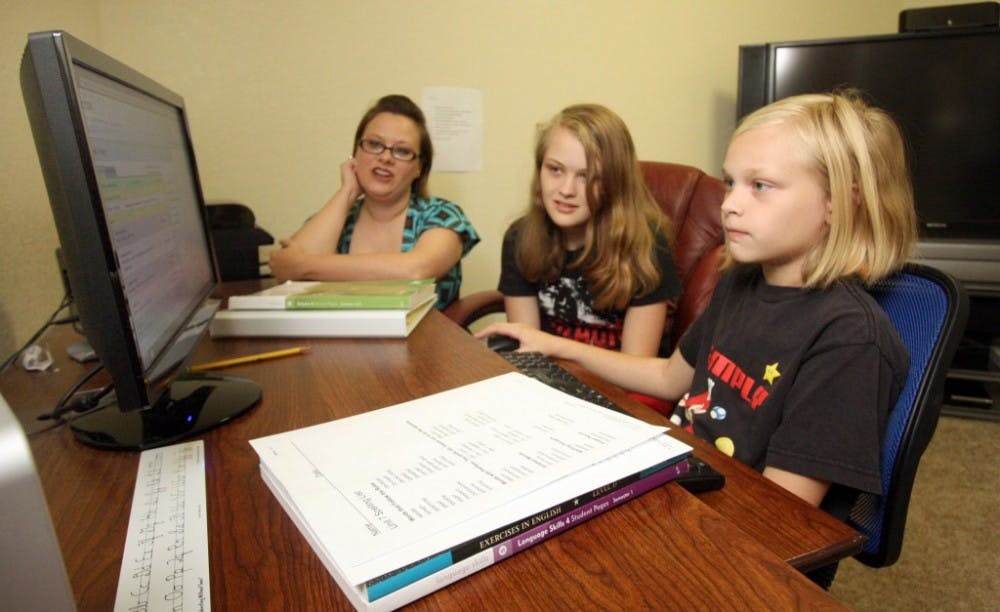Students are saying goodbye to traditional homework as “flipped classrooms” attract national attention.
Flipped classrooms refer to a growing number of teachers who digitally record their lessons and assign them as homework. In class the next day, the teacher uses time to help students work through questions and exercises. The idea is that students actively work through class instead of passively watching a lecture.
According to Janna Anderson, communications professor and director of Imagining the Internet, most teachers at Elon are mixing in flipped classroom techniques already.
The heavy influence of project-based experiences, group work and peer review in Elon classrooms are examples of reverse learning.
“Elon is known for engaged learning,” Anderson said. “We will see this technique advance because it is successful.”
Flipped classrooms offer the latest digital technology for a generation raised on the Internet. In most cases, software allows students to chat online while watching the lessons. Tegrity, a firm that specializes in flipped instruction, already has more than 1 million student users.
Anderson says “flipped classroom” is just a phrase to describe taking advantage of every angle possible to be able to work together to share and gain knowledge.
“It enables a higher degree of person-to-person contact, the sharing of collective intelligence and engaged and active learning,” Anderson said.
Supporting teachers like Anderson say flipped classes offer greater control of material and more personal time with students. Students are allowed to work at their own pace, as long as they keep up.
According to Anderson, students have shown the lecture-memorize-test method is not the best way to operate.
But the reverse classroom technique has its downsides as well.
According to USA Today, while flipped classrooms show potential, there is no set reliability in computer access at home. Technology-based tools are difficult to spread worldwide to developing countries.
Anderson feels unreliability will not be a problem for Elon students, since it is the learners’ desire to participate.
Reverse classrooms are lecture-heavy teaching techniques, as well.
“It’d be cool to never have lectures in class,” said freshman Lauren Wick. “But I can’t imagine myself watching the lesson at home.”
Flipped classrooms have attracted funders such as the Bill & Melinda Gates Foundation, which promotes digital-based education for a generation growing up on technology.
“The flipped classroom moves individual processing work outside of the classroom so meetings can become experiences in which people come together to raise their learning to new heights,” Anderson said.


